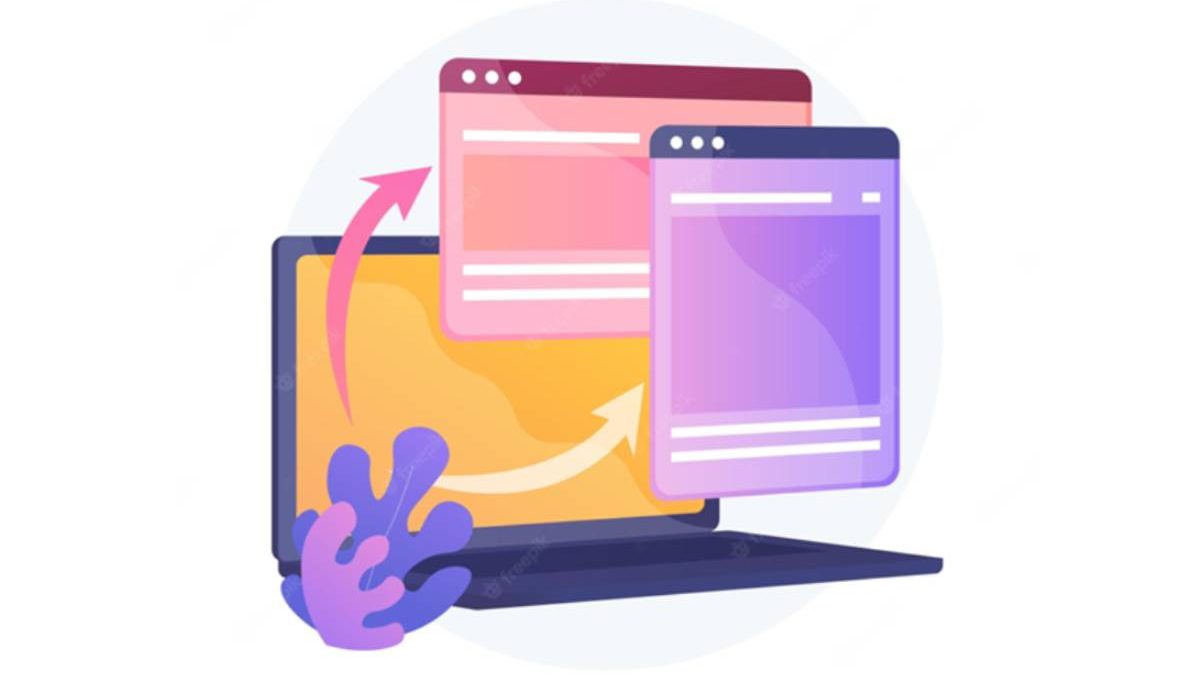As a UI/UX designer, it is essential to create designs that cater to the needs of multi-device users. Responsive UI/UX design is a design approach that allows web pages and mobile applications to adapt to different devices, whether it’s a desktop, laptop, tablet, or smartphone. In this article, I will discuss the importance of responsive UI/UX design for multi-device users, its impact on UI/UX design, the benefits of responsive UI/UX design for businesses, how to create a responsive UI/UX design strategy, and how to choose a UI/UX design agency for multi-device users. I will also discuss mobile app design services and UI and UX design services for responsive design.
Table of Contents
Understanding Responsive UI/UX Design
Responsive UI/UX design is a design approach that enables web pages and mobile applications to adjust their layout and content based on the device’s screen size, orientation, and resolution. This design approach aims to provide users with a seamless experience across different devices, without compromising the functionality and usability of the application. Responsive UI/UX design involves using flexible grids, images, and CSS media queries to ensure that the design adapts to the device’s screen size and resolution.
The Impact of Multi-Device Users on UI/UX Design
With the increasing use of mobile devices and the advent of new devices like smartwatches, UI/UX designers must consider the impact of multi-device users on their designs. Multi-device users expect a seamless experience across different devices and platforms. They want to be able to access their favorite websites and applications anytime, anywhere, and on any device. This expectation poses a significant challenge to UI/UX designers, as they must create designs that work seamlessly across multiple platforms and devices.
Benefits of Responsive UI/UX Design for Businesses
Responsive UI/UX design offers several benefits to businesses, including increased user engagement and retention, improved search engine optimization, and reduced development and maintenance costs. By providing users with a seamless experience across different devices, businesses can increase their user engagement and retention rates. Responsive designs also improve search engine optimization, as search engines prefer websites and applications with responsive designs. Finally, responsive UI/UX design reduces development and maintenance costs by eliminating the need to create separate designs for different devices and platforms.
How to Create a Responsive UI/UX Design Strategy
Creating a responsive UI/UX design strategy involves several steps, including understanding your target audience, prioritizing content, and testing your design across different devices and platforms. To create an effective strategy, you must first understand your target audience and their needs. Next, prioritize your content based on its importance and relevance to your audience. Finally, test your design across different devices and platforms to ensure that it works seamlessly across all devices.
How to Choose a UI/UX Design Agency for Multi-Device Users
Choosing the right UI/UX design agency for multi-device users can be a daunting task. When selecting an agency, consider their experience, expertise, and portfolio. Look for agencies that have experience designing responsive designs and have worked with businesses similar to yours. Check their expertise in UI/UX design, as well as their ability to work with different devices and platforms. Finally, review their portfolio to ensure that their designs are of high quality and meet your business needs.
Mobile App Design Services for Responsive UI/UX Design
Mobile app design services offer businesses the opportunity to create responsive designs for their mobile applications. These services involve creating designs that adapt to different screen sizes, resolutions, and orientations. Mobile app design services also include testing the design across different devices and platforms to ensure that it works seamlessly across all devices.
UI and UX Design Services for Responsive Design
UI and UX design services for responsive design involve creating designs that work seamlessly across different devices and platforms. These services include designing flexible grids, images, and CSS media queries to ensure that the design adapts to different screen sizes and resolutions. UI and UX design services for responsive design also involve testing the design across different devices and platforms to ensure that it works seamlessly across all devices.
Conclusion
Responsive UI/UX design is essential for businesses that want to provide users with a seamless experience across different devices and platforms. It offers several benefits, including increased user engagement and retention, improved search engine optimization, and reduced development and maintenance costs. To create an effective responsive UI/UX design strategy, businesses must understand their target audience, prioritize content, and test their design across different devices and platforms. When choosing a UI/UX design agency for multi-device users, businesses must consider their experience, expertise, and portfolio. Finally, mobile app design services and UI and UX design services offer businesses the opportunity to create responsive designs for their mobile applications and websites.
Author Bio

I’m John Llanasas a highly- skilled well experienced professional article writer, writing informative and engaging articles covering topics mostly related to health, technology, education, and travel. By doing a lot of research I can produce productive content full of information. I am a master of creative writing, web writing, Article rewriting, and proofreading. Hard work is the key to my success. That’s why I am very punctual and dedicated to my work. Creativity is an art for me that’s why plagiarism is not appreciated at all.

